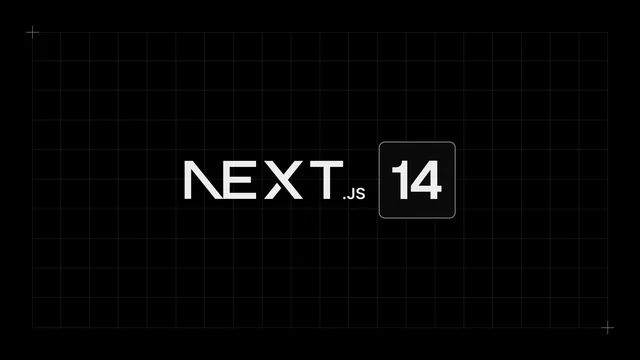Next.js 14 introduces exciting new capabilities that will help developers build faster web applications. One of the biggest features is the new app directory support. The app directory provides a dedicated space to co-locate all files related to a single page or route. This colocation simplifies development and deployment. Pages can now be built with React Server Components to improve performance through server-side rendering.
Another key addition is the new Image component which offers automatic image optimization. This component handles resizing, optimization, and serving images in next-gen formats like WebP. It eliminates the need for developers to manually handle image optimization.
Next.js 14 also improves incremental static regeneration (ISR) with granular revalidation. Developers can now revalidate individual pages instead of the entire site. This allows more targeted updates. ISR also now supports fallback pages to display stale content while revalidation occurs.
Internationalization support is enhanced with the new Locale API. Developers can detect the user’s locale, route to locale-specific pages, and manage translations. Switching locales preserves UI state for a smooth user experience.
For styling, developers can now co-locate CSS with components using CSS modules. This CSS is automatically scoped to help prevent clashes. Next.js 14 also introduces support for styled-jsx plugins to customize styled-jsx behavior.
Optimized font loading is another addition in Next.js 14. The new font optimization ensures text remains visible during web font loads. There is also a new Script component for optimizing third party scripts.
Overall, Next.js 14 introduces many incremental improvements that optimize performance, simplify development workflows, enhance internationalization, and unlock new capabilities for developers. The improved image handling, automatic font optimization, and server component support will help accelerate development of fast web applications.
Source: Nextjs Blog
